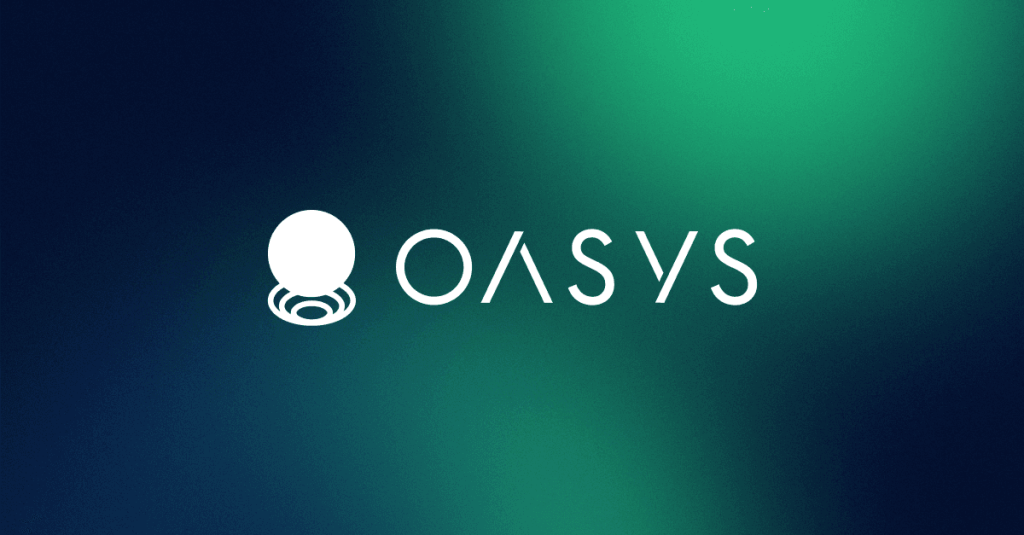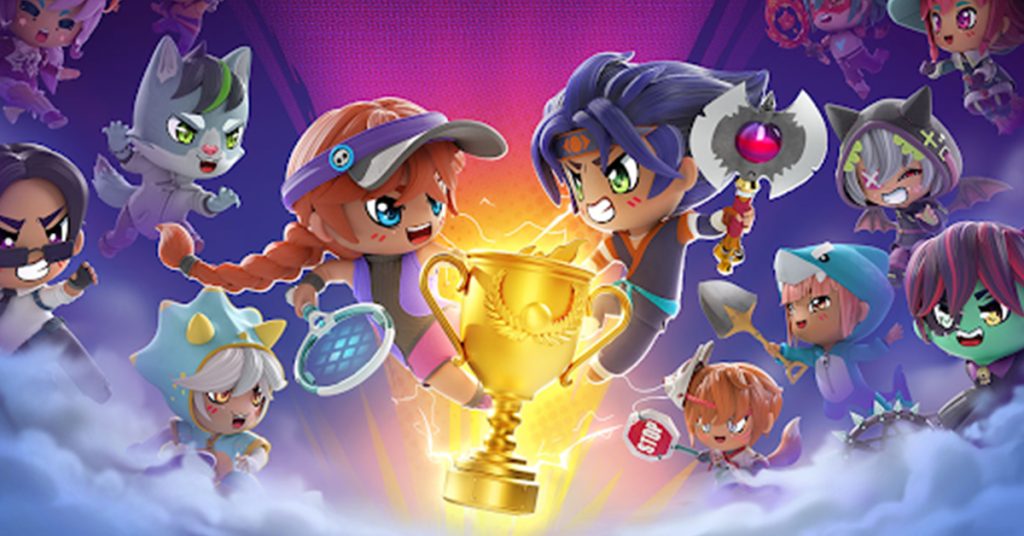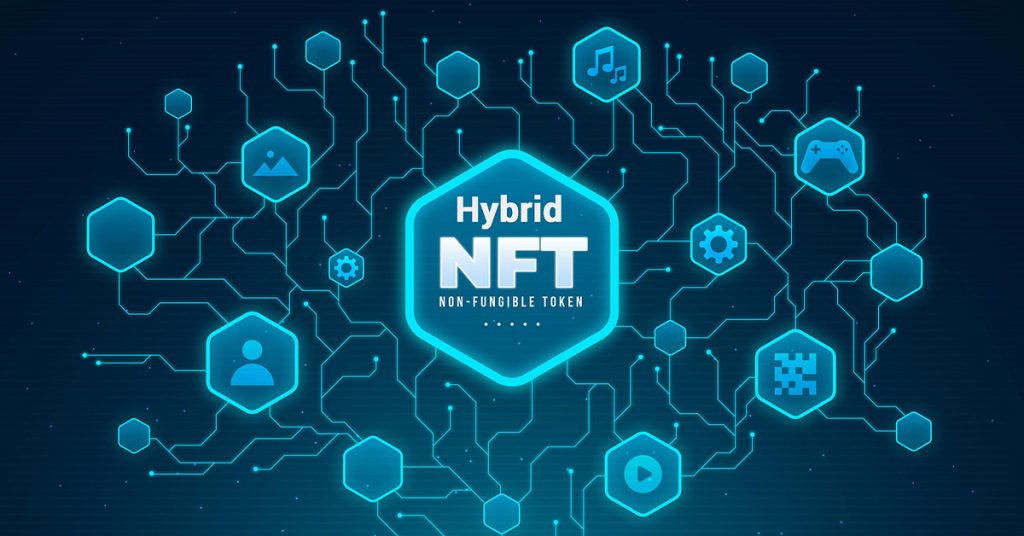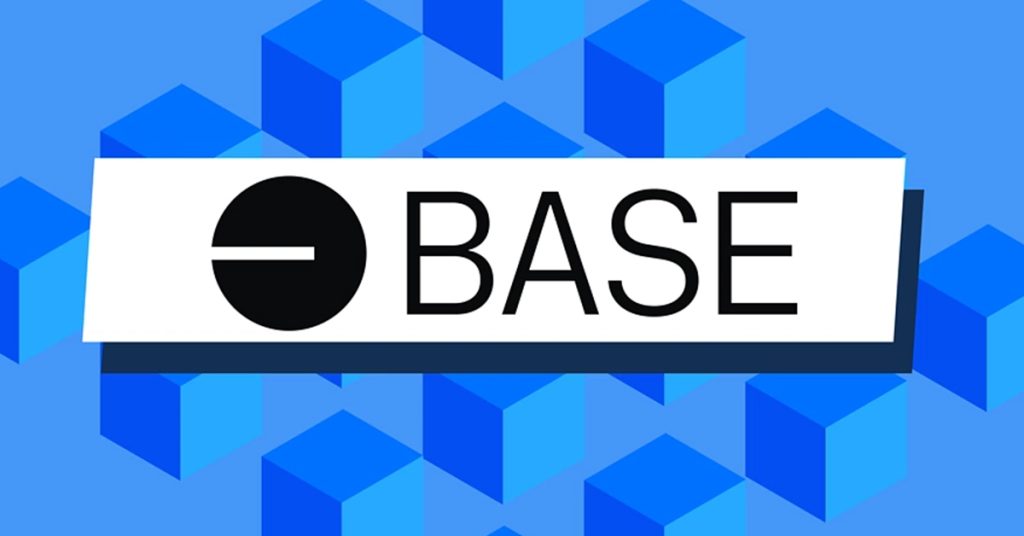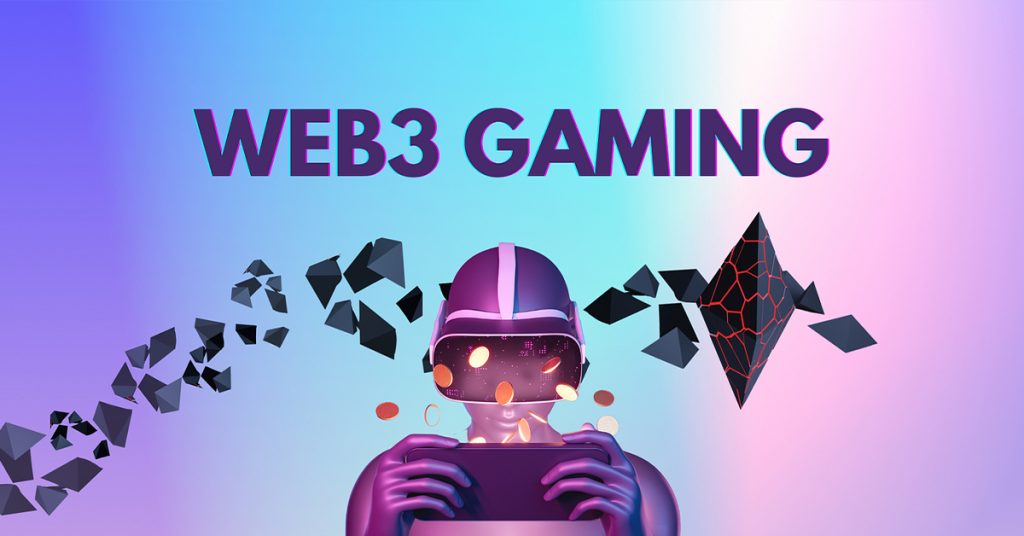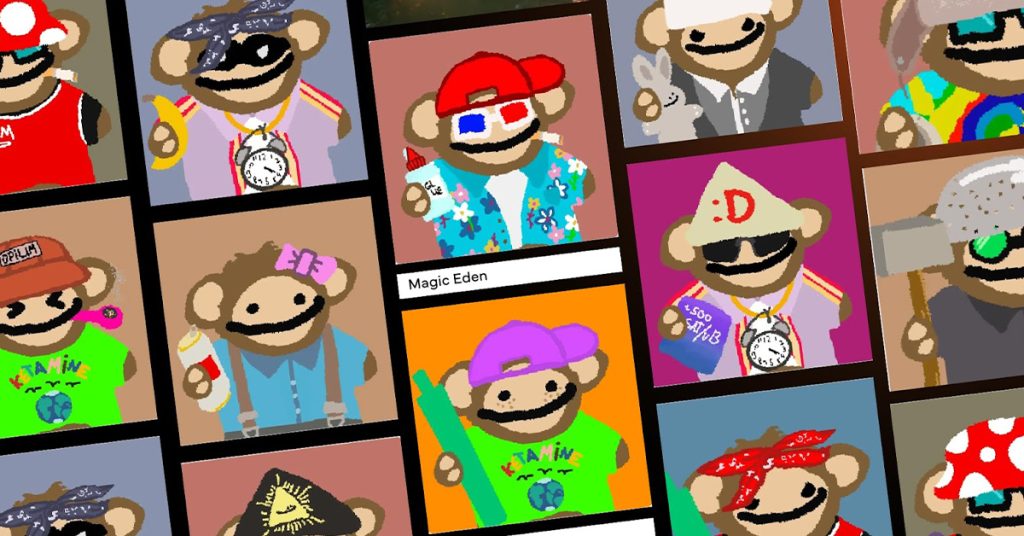Top 3 Metaverse NFTs

Back last year, when Facebook rebranded as Meta, there was a flurry of hype around the idea of the metaverse. Since then, it’s become commonplace for NFT projects to throw the word ‘metaverse’ somewhere into their roadmaps, with little regard for how difficult and expensive metaverse building would be.
That in mind, let’s take a look at where we are in the march towards some kind of metaverse (or metaverses), and which projects have solid prospects from here.
1. Yuga Labs
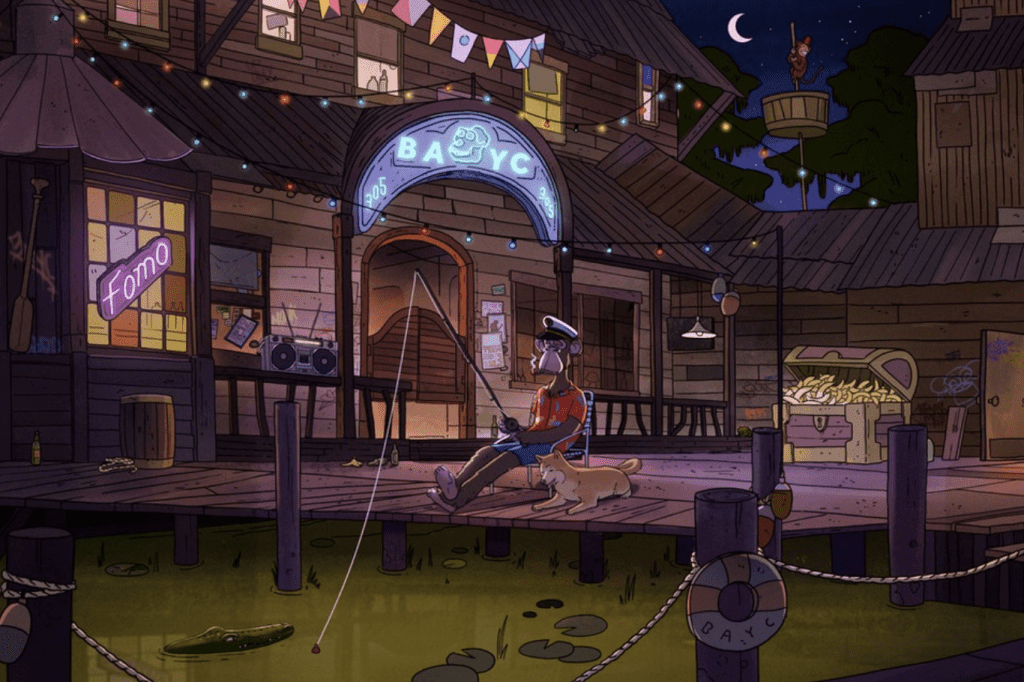
When everyone was discussing Meta, Bored Ape Yacht Club didn’t feature in the conversation, but things have changed dramatically and it’s no exaggeration to suggest that BAYC and Yuga Labs (the company behind BAYC) are now contenders to dominate metaverse development.
Just to briefly run through what Yuga Labs has recently done: acquired CryptoPunks and Meebits from Larva Labs, launched and airdropped ApeCoin, and raised $450m of funding from investors including Andreesen Horowitz, Animoca Brands, and Adidas, with Yuga being valued at $4 billion.
There’s been a teaser trailer for a metaverse/MMORPG called Otherside (and it blows away Zuck’s much-derided Meta video), and there was a leaked pitch deck.
The leaked material is out of date and should be taken skeptically, but still, it’s worth looking through. Three things that stand out are how profitable Yuga Labs has been over the past year (a 92% profit margin in 2021, pulling in $127m net profit), how they identify that an attractive metaverse needs a gaming element to make it fun, and how ApeCoin is likely to become the currency of their ecosystem.
It’s difficult to look at what Yuga is doing, the resources, backing and status they already have, and the celebrity endorsements, and not conclude that big things could be happening. There may not be many NFT collectors who will pay over 100 ETH for a Bored Ape, but ApeCoin provides a way to get exposure to what Yuga is building, and it’s looking like there will be virtual land for sale at some point in the near future.
2. Worldwide Webb
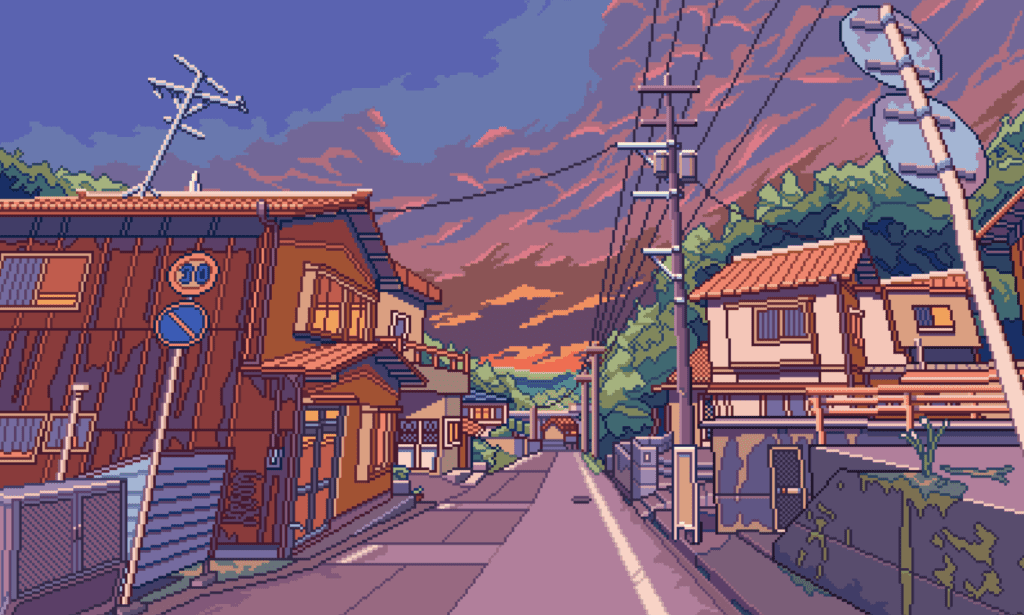
A valid criticism of metaverse projects is that they just don’t look very appealing, with visuals that compare poorly when placed next to modern games, and a feeling that–unlike games–they’re empty platforms with nothing much to do.
By contrast, Worldwide Webb has deliberately taken a retro, pixel-based style that will appeal to anyone nostalgic for nineties gaming. Also, it’s pitched as a metaversal game with quests, rather than just a metaverse world, giving it a sense of purpose (unlike the aimlessness of just walking around in a virtual environment).
You can play around with it without hooking up your wallet, or you can connect MetaMask and dive in–there are several NFT collections that are already integrated for use as avatars and pets, and you can pick up real estate and items on OpenSea. Other specialized assets are CryptoWeebs and CryptoGFs.
As with Yuga’s plans, what makes this project stand out are that it has character and a gaming element.
3. NFT Worlds
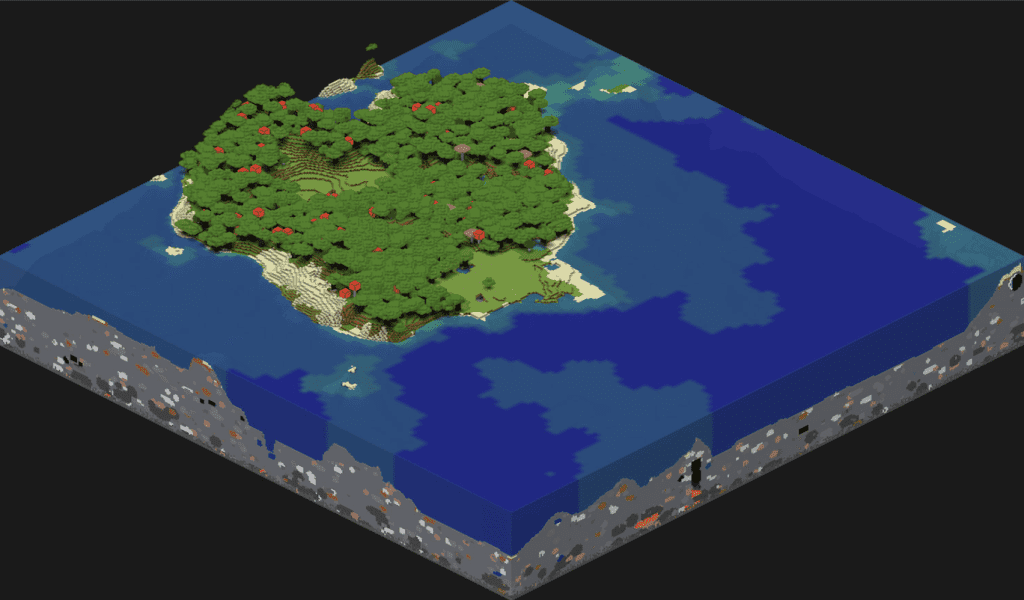
Also linking up gaming and metaverse concepts, is the Polygon-based NFT Worlds. This is unique in that it’s built on Minecraft servers, so you’re getting a web3, blockchain-utilizing experience integrated with the already hugely successful Minecraft environment.
There is a native token, $WRLD, which will act as currency in the in-game ecosystem, and you can purchase land, with each of the 10,000 buyable areas being unique and extremely large.
The idea is that within your purchased world you are free to develop whatever you want, and so it can function as a platform on which other projects can build their own communities, environments and games.
The advantage that NFT Worlds has is that it’s bootstrapped onto Minecraft, which is very solidly established, strongly supported, and familiar to developers and users. The negative issue with this is that NFT Worlds is reliant on a centralized, third-party foundation, and there’s no guarantee that Microsoft (which owns Minecraft) will always continue to be supportive.
Competition
These three projects all stand out and have their own unique selling points, but there’s a lot of competition.
The famous projects that have led the way up to now all continue to grow, with The Sandbox and Decentraland still at the forefront.
Over on Cardano, Pavia is building steadily and is now open about the identities of its team members. And on Solana, there are Portals and LUX, both of which have potential.
Must Read: The Sandbox vs Decentraland – Everything you need to know about the developing metaverse!
Scam alert
An important note about the Embers project, that I mentioned last week as an interesting upcoming drop. There was news late last week that two men were charged with fraud and money laundering in relation to an NFT project called Frosties, and it appears that the same two men are connected with the Embers NFT project.
Fortunately, the drama all unfolded before the Embers mint could go ahead, although the Embers website is still up, and its Discord server has been active with people discussing the attempted scam.
Something to take away from this is that minting NFTs carries inherent risks. If it’s not a project that has already minted something before and established itself in the space, then a safer alternative is to do all your buying on secondary markets, where you know exactly what you’re getting.


